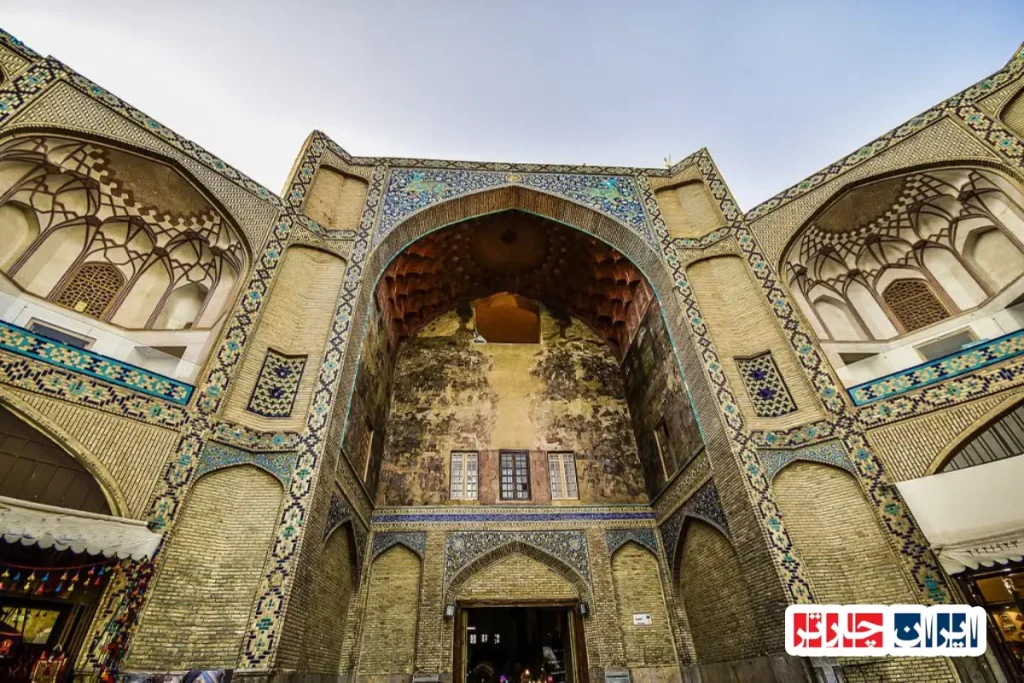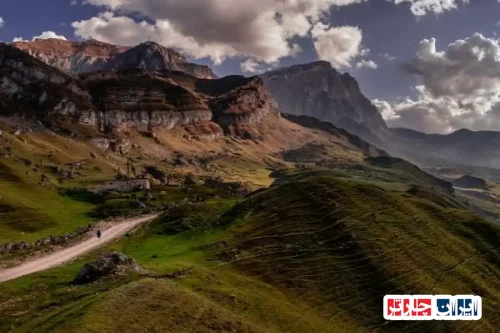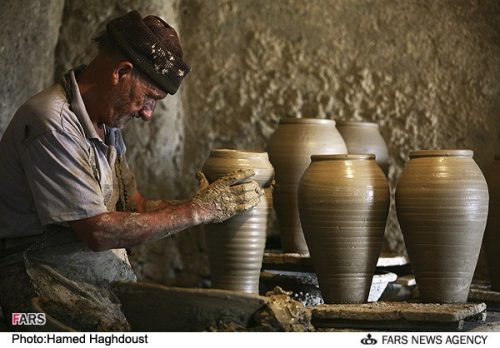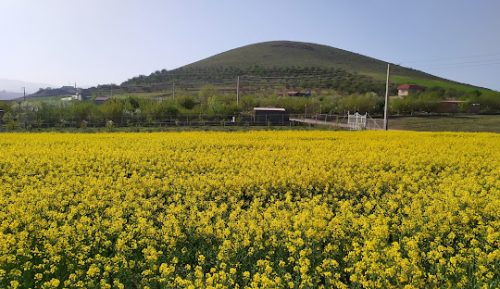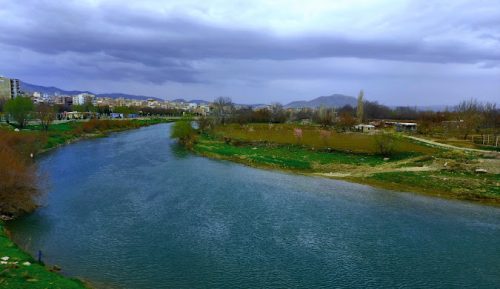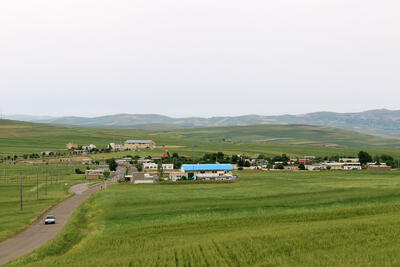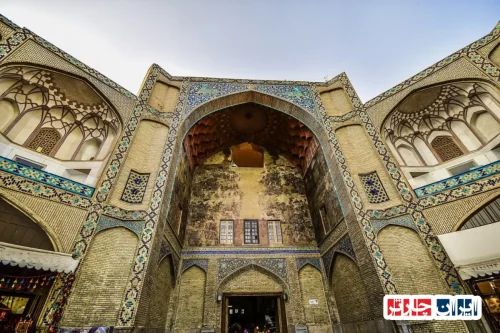comprehensive guide visiting pirbakran isfahan
Introduction to Pirbakran: Location and Appeal
Historical and Spiritual Significance
Getting to Pirbakran from Isfahan
Exploring the Site: What to See
Practical Tips for Your Visit
Introduction to Pirbakran: Location and Appeal
Nestled just a short drive southwest of the bustling city of Isfahan lies Pirbakran, a historical and spiritual site offering a captivating contrast to Isfahan’s grand squares and mosques. For travellers planning their visit to Isfahan and looking to explore the rich cultural landscape beyond the city limits, Pirbakran presents an easily accessible and deeply rewarding day trip from Isfahan. This village is primarily known for its significant mausoleum and complex, making it an important destination for those interested in Iran’s layered history and spiritual heritage.
What makes Pirbakran particularly appealing is its profound sense of peace and historical depth. Stepping away from the urban energy of Isfahan, visitors to Pirbakran can experience a tranquil atmosphere while exploring centuries-old architecture and contemplating the site’s religious importance. It offers a unique perspective on Iranian history and culture, showcasing a different facet compared to the well-trodden paths of Isfahan’s city center. If you’re seeking authentic attractions near Isfahan and a peaceful journey into Iran’s past, adding Pirbakran to your itinerary is highly recommended for a memorable Iran tourism experience.
Historical and Spiritual Significance
The heart of Pirbakran’s allure lies in its profound historical and spiritual significance, centered around the impressive mausoleum complex of Baba Rokn al-Din. This revered figure, a prominent mystic and scholar believed to have lived during the Ilkhanate era (13th-14th centuries), draws visitors keen to connect with Iran’s deep religious and intellectual past. The architecture of the site itself is a historical narrative, showcasing the artistic and engineering prowess of the period with its intricate stucco work, soaring arches, and unique structural elements. Exploring this ancient structure offers a tangible link to the history of Iranian historical sites and the architectural evolution under different dynasties.
Beyond its architectural marvels, Pirbakran holds immense spiritual importance as a place of pilgrimage and contemplation. The mausoleum of Baba Rokn al-Din remains a site of veneration, attracting those who seek spiritual connection and wish to pay respects. The tranquil atmosphere of the complex, away from the urban hustle, encourages reflection and provides insight into the historical role of mysticism and local religious customs in Iran. Understanding this layered Pirbakran spiritual significance enriches the visit to Pirbakran, offering travellers a deeper appreciation for Islamic heritage in Iran and the enduring legacy of figures like Baba Rokn al-Din.
Getting to Pirbakran from Isfahan
Reaching the historical site of Pirbakran from the city of Isfahan is a straightforward journey, making it an ideal choice for a half-day or full-day excursion. The most convenient and recommended method for many visitors is to hire a taxi. Taxis in Isfahan are readily available, and negotiating a fare for a round trip, including waiting time at the site, is common practice. The drive southwest of the city is relatively short, typically taking around 30 to 45 minutes depending on traffic and your exact starting point in Isfahan. Opting for a taxi provides flexibility, allowing you to travel at your own pace and spend as much time as you wish exploring the Pirbakran complex.
For those seeking more budget-friendly alternatives for their Isfahan to Pirbakran transport, shared taxis (known as Savari) or local buses may also be options, though they might require a bit more navigation and local knowledge. Shared taxis usually depart from specific terminals and wait until full, while bus routes might not drop you directly at the site entrance. However, whichever transport method you choose, the journey to Pirbakran is generally smooth and scenic, passing through the outskirts of Isfahan and into a more rural setting. This ease of access further enhances Pirbakran’s appeal as a hassle-free addition to your Isfahan travel itinerary.
Exploring the Site: What to See
Upon arriving at Pirbakran, your exploration will naturally center around the historical mausoleum complex of Baba Rokn al-Din. This is the main Pirbakran attraction and a magnificent example of Ilkhanate-era architecture. Take your time to admire the intricate details of the structure, particularly the exquisite stucco work that adorns the walls and mihrabs (prayer niches). These detailed carvings are not merely decorative; they are historical texts and artistic expressions offering insights into the beliefs and craftsmanship of the 13th and 14th centuries. The architecture itself, with its impressive arches and spatial arrangement, speaks volumes about the evolution of design in Iranian historical sites.
Beyond the central tomb chamber, the Pirbakran complex invites deeper exploration. Wander through the various sections of the mausoleum structure, observing the different historical layers that may be present from subsequent periods of renovation or expansion. Notice the tranquil courtyards and the overall serene atmosphere that pervades the site, conducive to quiet contemplation. Exploring Pirbakran is not just about seeing a single building, but about absorbing the history and spirituality embedded in every corner, offering a peaceful and culturally rich experience during your visit Pirbakran.
Practical Tips for Your Visit
To make the most of your excursion to Pirbakran from Isfahan, a few practical considerations can enhance your experience. Firstly, consider the timing of your visit. Mornings or late afternoons are generally more pleasant, especially during warmer months, offering softer light for photography and more comfortable temperatures for exploring. Spring and autumn are ideal seasons for visiting Pirbakran as the weather is mild. Remember that as a historical and spiritual site in Iran, dressing modestly is appreciated and recommended – this typically means covering shoulders and knees, and for women, wearing a headscarf. Planning your transport, as discussed earlier, is also key for a smooth day trip from Isfahan.
When you are on-site, be mindful that Pirbakran is a place of historical and religious significance. While it’s a tourist attraction, local pilgrims may also be present for prayer and reflection. Maintain a respectful demeanor, keep noise levels down, and be aware of prayer times. Facilities directly at the site might be limited to basic restrooms, so it’s wise to carry water, especially in warmer weather. With these simple tips for visiting Pirbakran, you are well-prepared to enjoy the tranquility and historical depth of this beautiful site, adding a meaningful dimension to your Isfahan travel adventures.
Frequently Asked Questions (FAQs) about visiting Pirbakran near Isfahan:
- What is Pirbakran? Pirbakran is a historical and spiritual village located near Isfahan, primarily known for its ancient mausoleum complex.
- Where is Pirbakran located in relation to Isfahan? It is situated approximately 25-30 kilometers southwest of Isfahan, making it a convenient short drive for a day trip.
- What is the main attraction in Pirbakran? The central historical site is the mausoleum and complex dedicated to Baba Rokn al-Din, a revered mystic figure.
- Who was Baba Rokn al-Din? Baba Rokn al-Din was a prominent mystic and scholar believed to have lived during the Ilkhanate period (13th-14th centuries), and the site is his burial place.
- What is the historical significance of the Pirbakran complex’s architecture? The architecture primarily dates back to the Ilkhanate era, showcasing remarkable stucco work and structural elements characteristic of that period in Iranian history.
- What is the easiest way to get to Pirbakran from Isfahan? Hiring a taxi for a round trip is generally the most convenient option for tourists, offering flexibility and direct transport.
- How long does it take to travel from Isfahan to Pirbakran? The car journey typically takes between 30 to 45 minutes, depending on traffic conditions.
- Is there an entrance fee to visit the historical complex? There may be a nominal entrance fee to access the main historical and spiritual complex, especially for foreign visitors.
- What should I wear when visiting Pirbakran? As a sign of respect for the religious and historical nature of the site, modest dress is recommended. This includes covering shoulders and knees, and for women, wearing a headscarf.
- How much time should I plan to spend visiting Pirbakran? Most visitors spend between 1 to 2 hours exploring the mausoleum complex and grounds, making the entire trip (including travel) a good half-day excursion from Isfahan.

